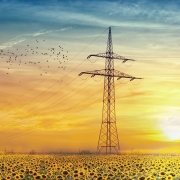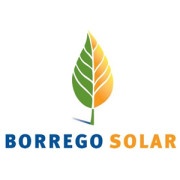Solar PV added a record 50 GW in 2015 to reach 227 GW in total, says REN21
REN21 announced last week the release of “The Renewables 2016 Global Status Report” which shows that renewables are now firmly established as competitive, mainstream sources of energy in many countries around the world.
2015 was a record year for renewable energy installations
Renewable power generating capacity saw its largest increase ever, with an estimated 147 gigawatts (GW) added. Modern renewable heat capacity also continued to rise, and renewables use expanded in the transport sector. These results were driven by several factors:
- Renewables are now cost competitive with fossil fuels in many markets.
- Government leadership continues to play a key role in driving the growth of renewables, particularly wind and solar, in the power sector.
- As of early 2016, 173 countries had renewable energy targets in place and 146 countries had support policies.
- Cities, communities and companies are leading the rapidly expanding “100% renewable” movement, playing a vital role in advancing the global energy transitio.
- Better access to financing, concerns about energy security and the environment and the growing demand for modern energy services in developing and emerging economies.
Christine Lins, Executive Secretary of REN21, said,
“What is truly remarkable about these results is that they were achieved at a time when fossil fuel prices were at historic lows, and renewables remained at a significant disadvantage in terms of government subsidies. For every dollar spent boosting renewables, nearly four dollars were spent to maintain our dependence on fossil fuels.”
Increase in investments and job growth in renewable energies
2015 was a record year not only for new installations, but also for investment – reaching USD 286 billion worldwide in renewable power and fuels; if investment in large hydropower (>50 MW) and in heating and cooling is taken into account, the total is far higher. With China accounting for more than one third of the global total, developing countries surpassed developed countries in total renewable energy investments for the first time.

With increased investment came an increase in technological advances, cost reductions and jobs.
There are now 8.1 million people working in the renewable energy sector – representing steady growth in stark contrast with depressed labour markets in the broader energy sector.

Solar PV added a record 50 GW in 2015
The solar PV market was up 25% over 2014 to a record 50 GW, lifting the global total to 227 GW. The annual market in 2015 was nearly 10 times the world’s cumulative solar PV capacity of a decade earlier. China, Japan and the United States again accounted for the majority of capacity added, but emerging markets on all continents contributed significantly to global growth, driven largely by the increasing cost-competitiveness of solar PV.

While trends are generally positive, the report highlights several challenges that remain to be addressed if governments are to fulfill their commitments to achieve a global transition away from fossil fuels.
These include: achieving effective integration of high shares of renewables into the grid; addressing policy and political instability, regulatory barriers, and fiscal constraints. Further, there is far less policy focus on transport and, particularly, heating and cooling, so these sectors are progressing much more slowly.
See all key findings below. For more information visit REN21 website.
Source: Press Release by REN21. Image Credit: Team Massachusetts 4D Home via Flickr (CC BY 2.0).










